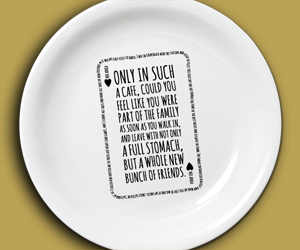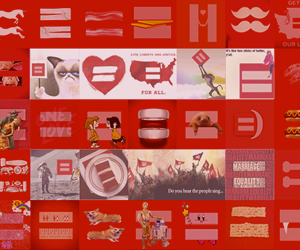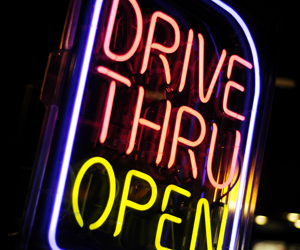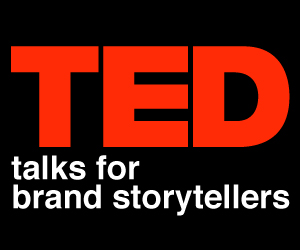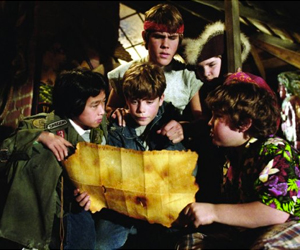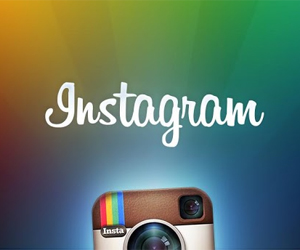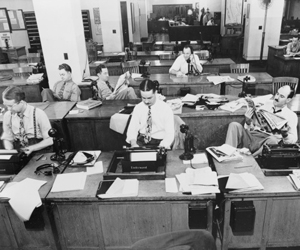
Getting the News into “Brand Newsrooms”
Celebrating Oreo’s now-famous twi-jacking (Or is it “twit-jacking?”) of the Super Bowl for the brand’s own milk-and-cookies purposes, the ad business erupted early this year with ecstatic chatter about so-called “brand newsrooms.” While the chatter focused in minute detail on brands and to a lesser extent on rooms, there was virtually nothing about what constitutes news.
Apparently, the ad people peddling brand newsrooms know nothing about news. So the brand newsroom conversation has been ill informed at best and nonsensical the rest of the time.
The focus on news from brands is appropriate and necessary. Brands live in the same digital world as the rest of us. Our world is increasingly dominated by social sharing, driven by content. If a brand wants its stories shared on social platforms – and it does – those stories need to be newsworthy in the most straightforward sense of the term: new and worthy of an audience’s attention. So brands need to master a concept that’s as central to journalism as it is to swapping stories with your neighbor: news value.
Editor's picks
- Casinos Not On Gamstop
- Best Non Gamstop Casinos UK
- Best Non Gamstop Casinos In The UK
- Casinos Not On Gamstop
- Casino Not On Gamstop
- Non Gamstop Casino Sites UK
- Slots Not On Gamstop
- Online Casino Canada
- Non Gamstop Casino UK
- カジノ オンライン
- Casino Not On Gamstop
- Casino Sites Not On Gamstop
- Casino Sites Not On Gamstop
- Sites Not On Gamstop
- Casinos Not On Gamstop
- Meilleur Casino En Ligne
- UK Online Casinos Not On Gamstop
- Online Casinos
- Non Gamstop Casinos
- Casino Not On Gamstop
- Best Online Casinos UK
- Meilleur Casino En Ligne Avis
- Casinos Not On Gamstop



